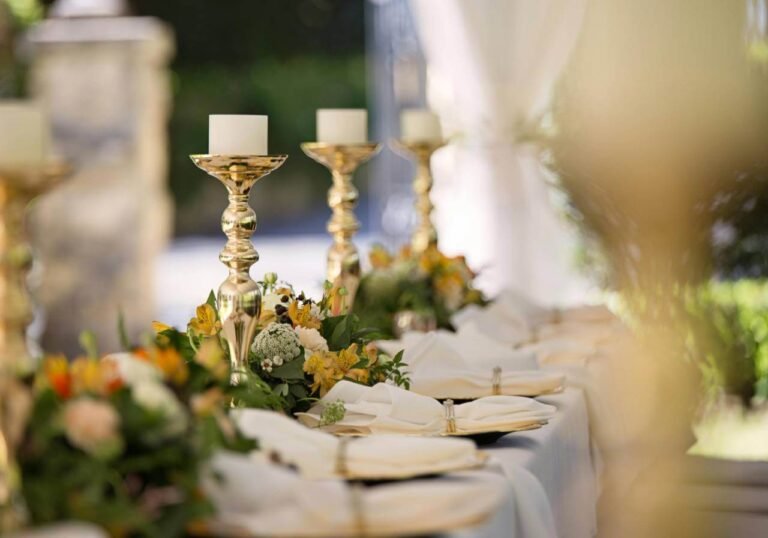
2024 Wedding Food Trends: Catering and menu styles
Find the latest wedding food trends for 2024. 💍 From decorations to menus, get ready for an unforgettable event! ✨🍾
In the heart of the Yucatán Peninsula, where the essence of the Mayan culture intertwines with the beauty of the jungle, a unique festivity is celebrated: Hanal Pixan, also known as the Day of the Dead in the Mayan World.
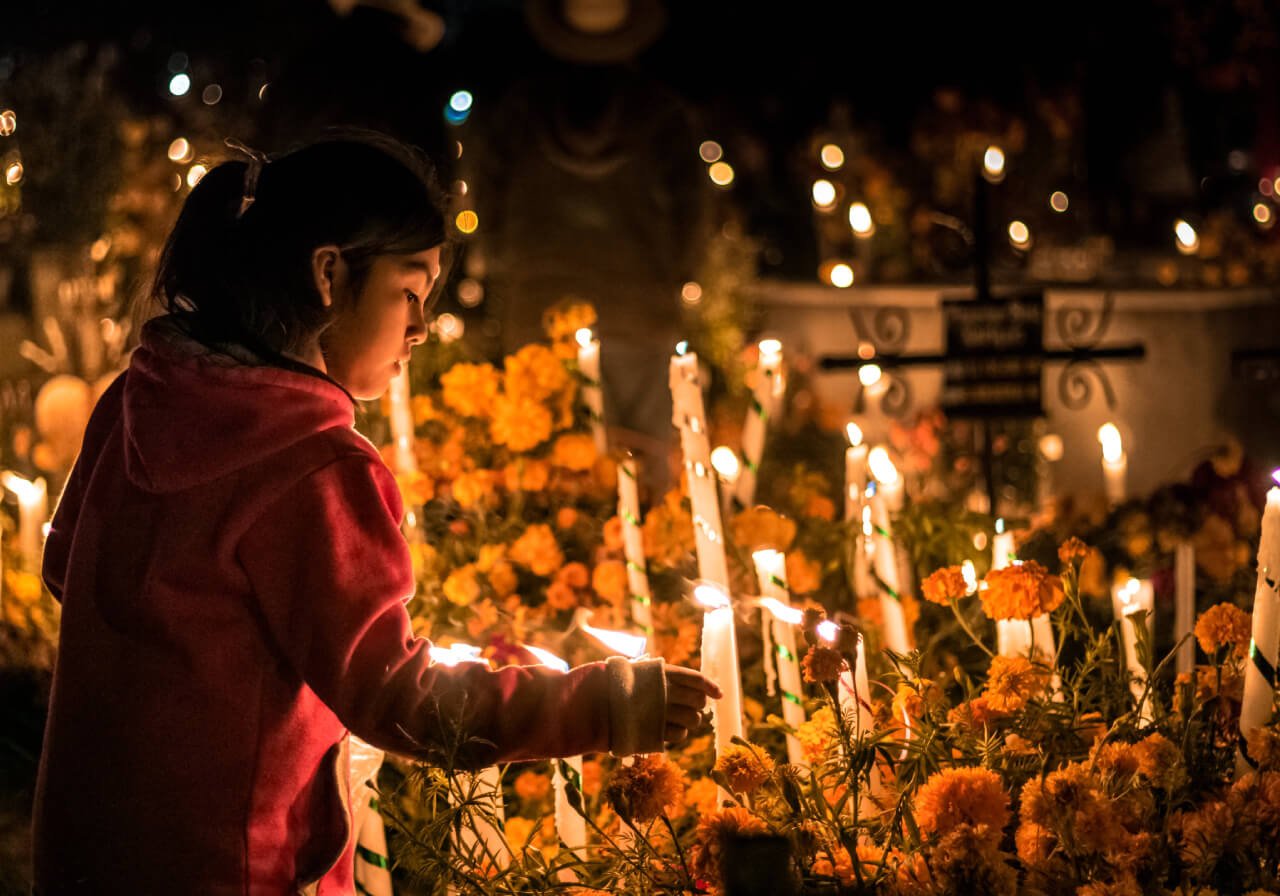
This celebration is an ode to life, memory and tradition that has fascinated everyone who has had the privilege of getting to know this holiday. And no wonder, since it involves from customs and cultural aspects, to seasonal flavors and aromas.
Which is why, at Pischán Restaurant, we want to invite you to discover everything about Hanal Pixán, from its deep meaning to the culinary details that make it so special.
Hanal Pixán is an ancient tradition of the Mayans, which translated into English means “Meal of the Souls”. Believe it or not, this is actually a tribute to death, because unlike other cultures, for the Mayans death was not a cause for fear, but a natural part of life.
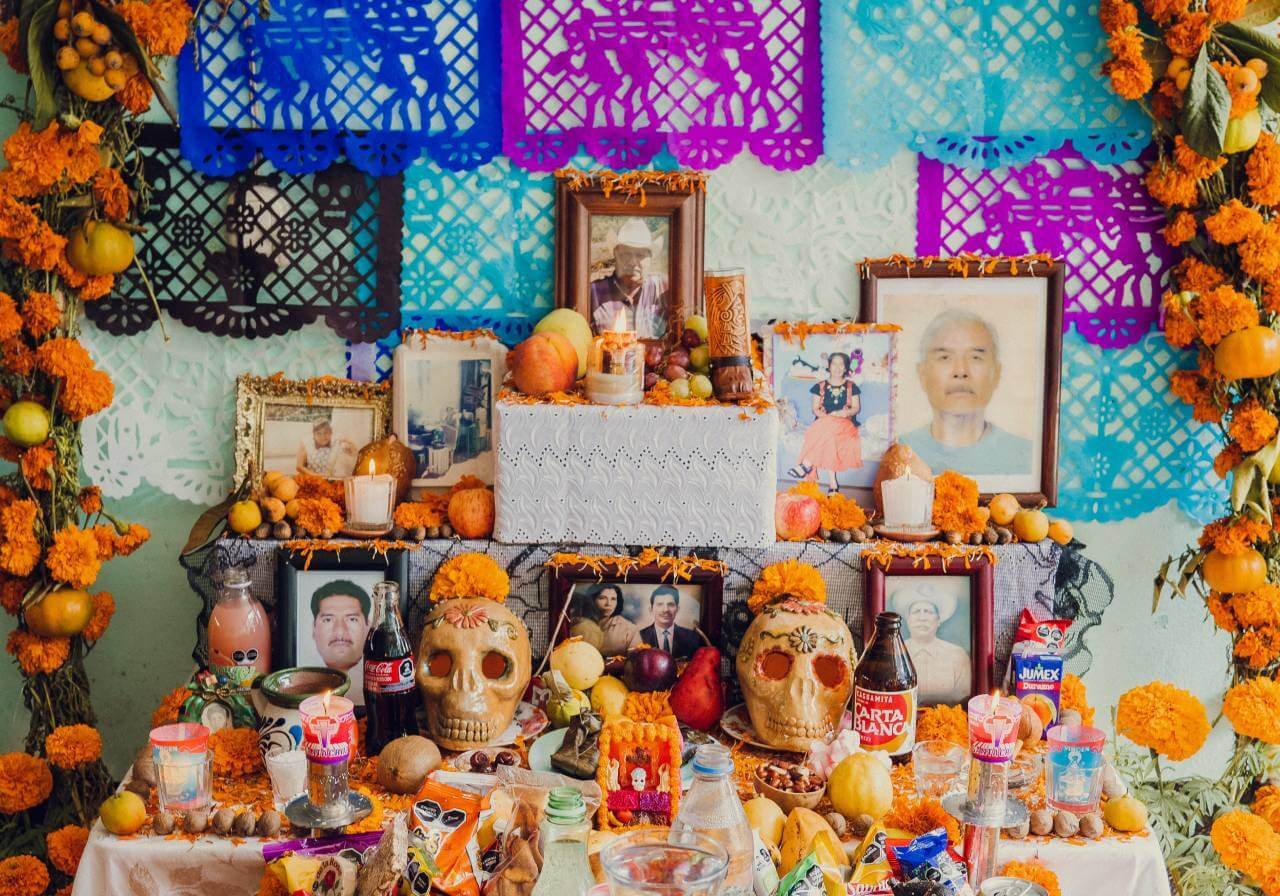
That is why during these dates it is believed that the souls of loved ones return to the world of the living to once again enjoy the food, the offerings on the altars and, of course, the company of their families.
Although, thanks to Spanish colonization, it has become a Mexican tradition that combines elements of Mayan culture and Catholic influence, it still maintains its essence. Therefore, it will always be a bridge of reunion between the world of the living and the dead.
This festivity takes place at the end of October and beginning of November. October 31st is the first day that the animas are given “permission” to visit their relatives, and it lasts until November 2nd.
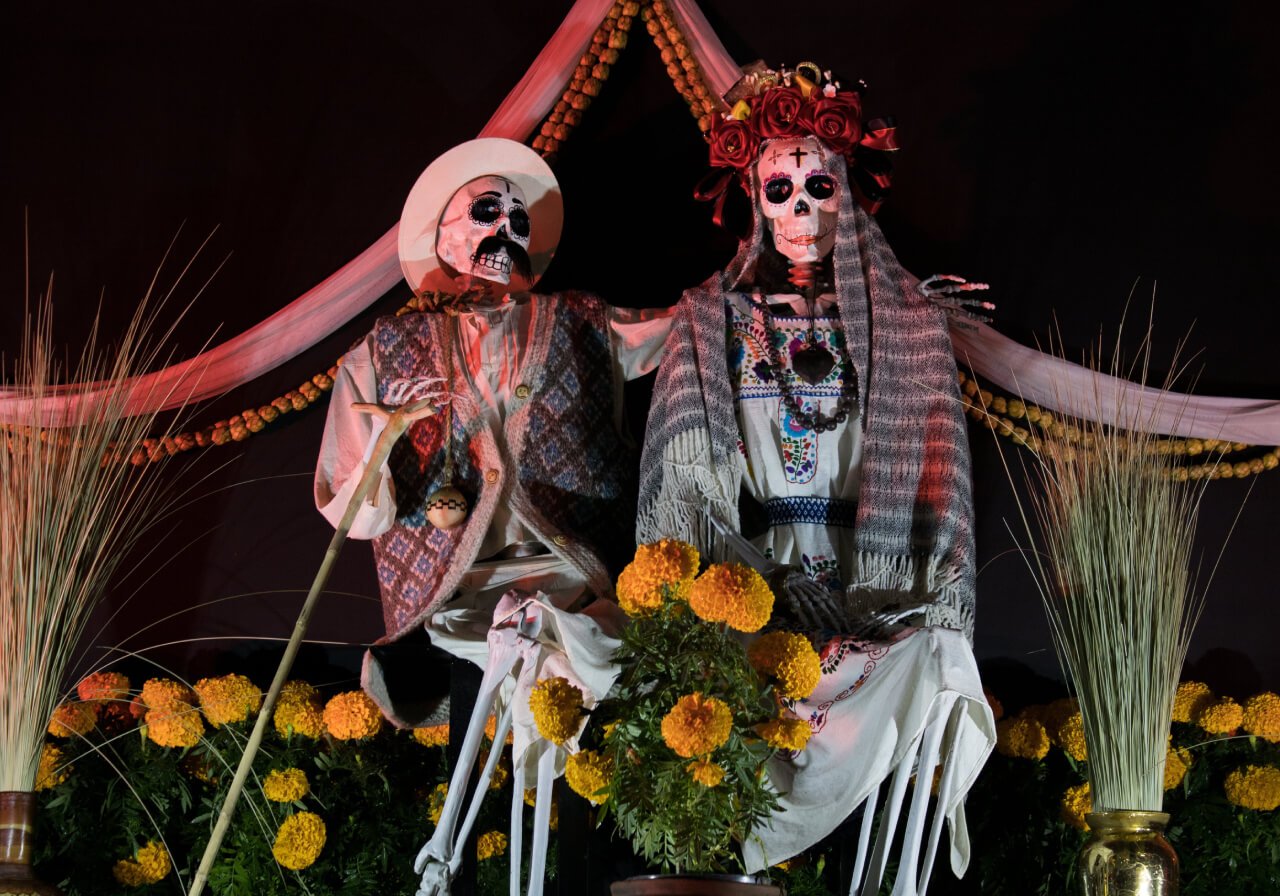
Something very peculiar is that although the entire celebration lasts three days, each of these dates is dedicated to a different type of soul. The first night, known as Hanal Palal, is dedicated to children. While November 1st or Hanal Nucuch Uinicoob is for the adults and November 2nd or Hanal Pixanoob, is reserved for the faithful departed.
During this time, families dedicate themselves to the preparation of altars and the making of traditional dishes that will be offered to their loved ones who have passed away.
Although Hanal Pixán has many similarities with the Day of the Dead that many already known worldwide, the Maya region has its own peculiarities and distinctive characteristics. Some of them are:
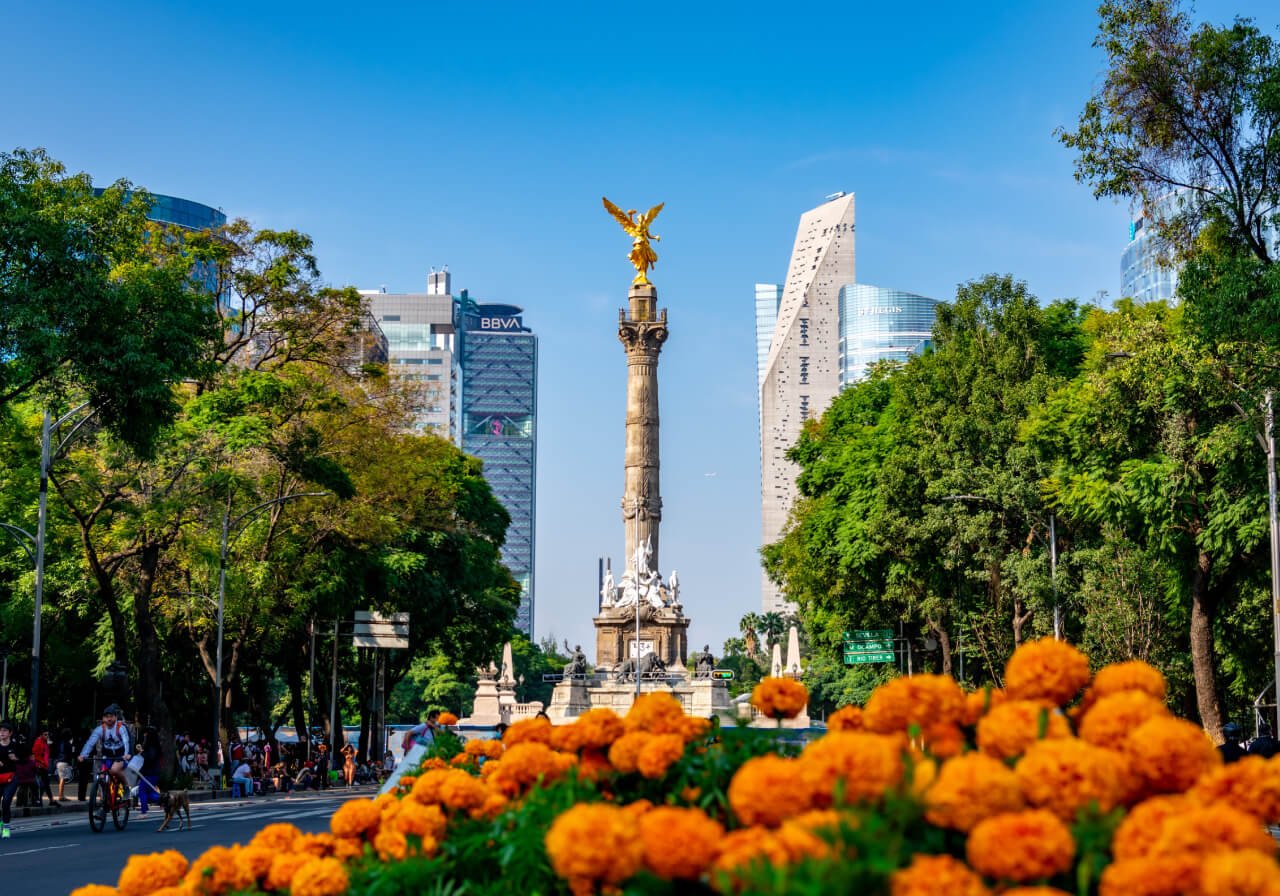
For Yucatecan families, the creation of the altar is a fundamental part of Hanal Pixán. So here are some key elements that cannot be missing in your altar of the dead during this celebration.
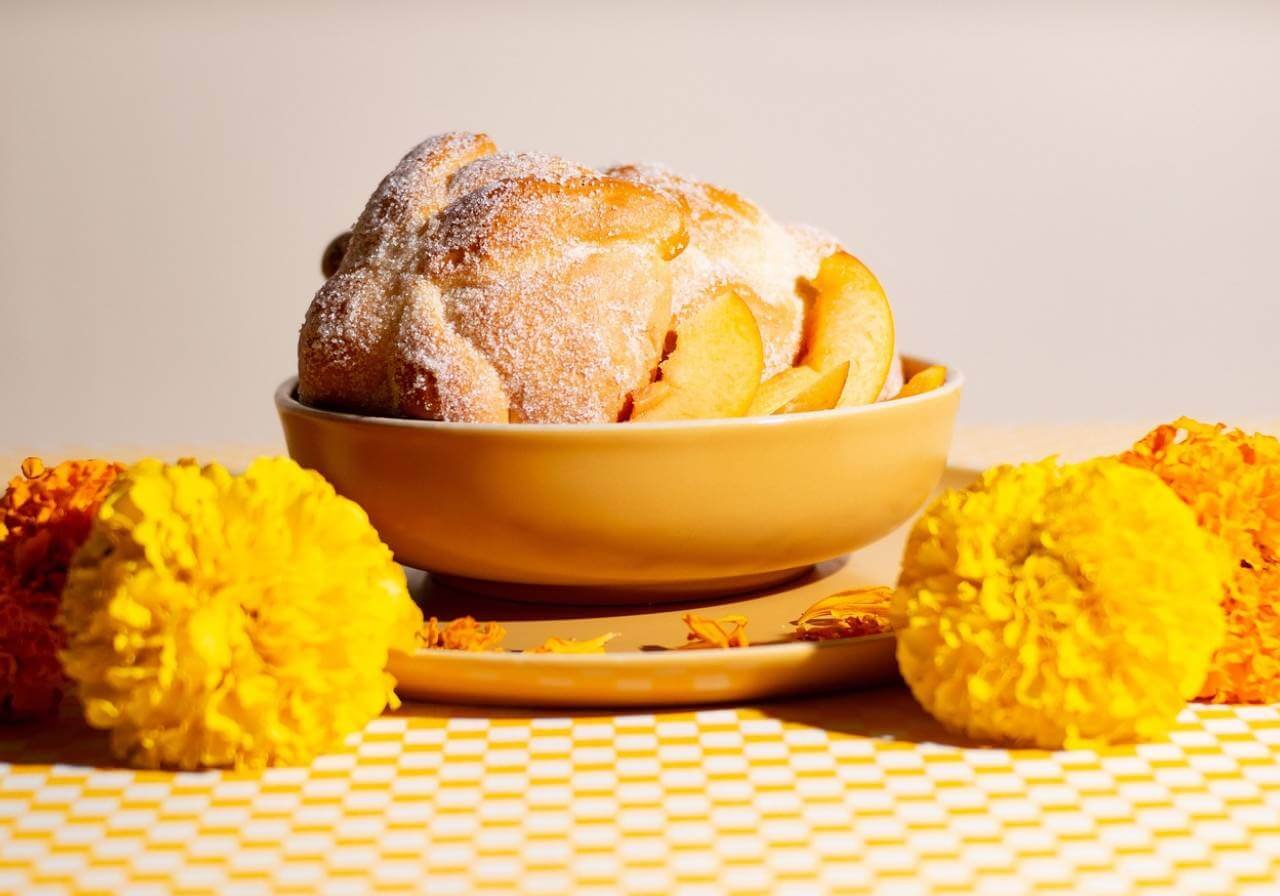
If you have the opportunity to visit Yucatán during this wonderful time of year, we recommend exploring some of the charming regions this area has to offer. For example, Mérida and Cobá.
The first one is the state capital and is famous for its architectural beauty and rich culture. But also, during Hanal Pixán, it is filled with altars, offerings and traditional delicacies.
On the other hand, if you are looking for a more authentic and traditional experience, then we suggest you visit the mystical town of Cobá, located 2 hours and 40 minutes from Mérida. In this ancient Maya village you can connect with the spirituality of the holiday and appreciate the contrast between the ancient culture and the tradition of Hanal Pixán.
To taste traditional seasonal delicacies such as Maya chocolate, pan de muerto and a wide variety of typical dishes of the region, do not hesitate to visit Pischán Restaurant, where ancestral flavors merge with contemporary techniques.
To accompany your best events with the essence and style of Cobá you can make reservations through the direct line 998 342 0198, or if you prefer, through the website.
Share:

Find the latest wedding food trends for 2024. 💍 From decorations to menus, get ready for an unforgettable event! ✨🍾

Explore Yucatán with our beginner’s guide! Discover the Top 10 Yucatán Foods for an unforgettable trip. 🌯🤤
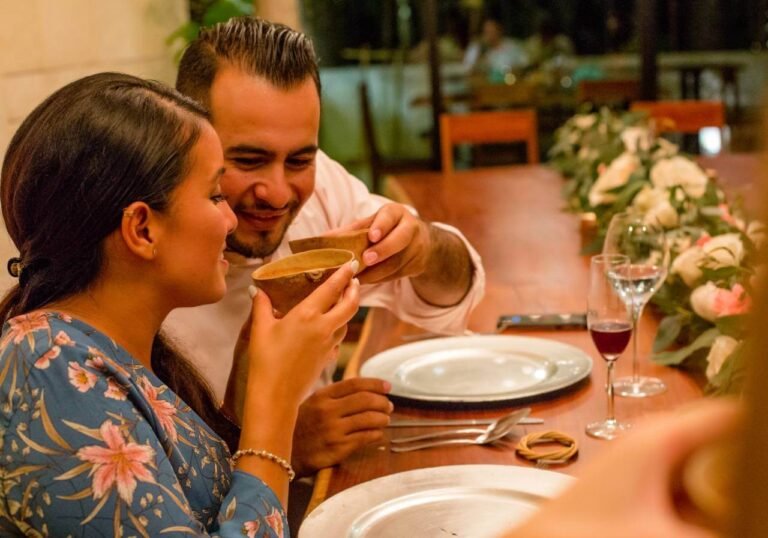
Celebrate Lent with an explosion of flavors. Discover what to eat at Semana Santa and surprise your palate 🍤🍲

LOCATED AT ALDEA COBA
